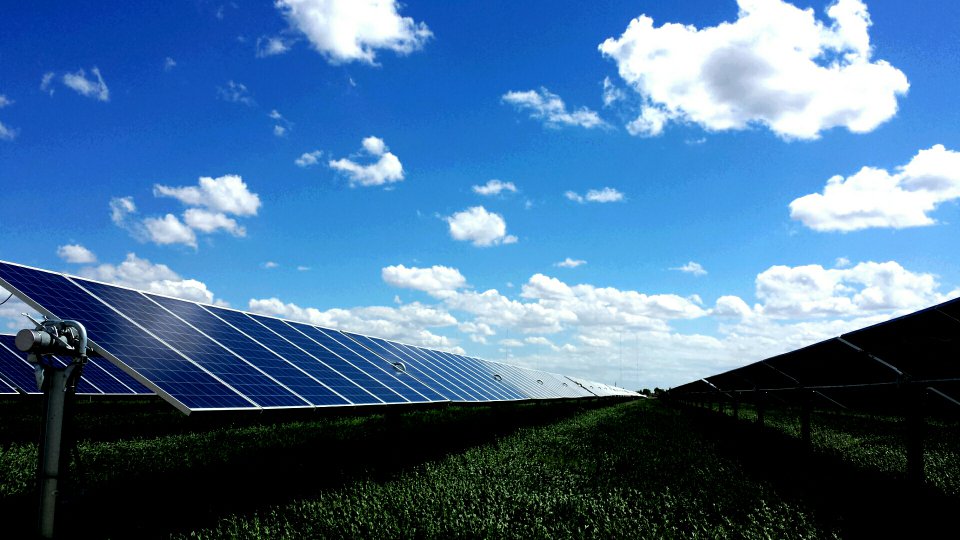Renewables in a Shifting Energy Landscape
Finding the sweet spot for wind and solar generation growth
- August 15, 2016
- Ben Kujala

“Today’s electric energy choices reflect a reversal from yesterday’s economics of power” – Northwest Power and Conservation Council’s First Power Plan (1983)
I don’t know how the Northwest grid will operate 10 or 20 years from now. I know that there have been challenges and opportunities associated with both the economics and operation of the grid as wind and solar generation increase, both in this region and in neighboring regions.
One of the challenges with wind and solar generation is that the amount of generation you get in any hour depends on the weather. But there are promising solutions that could help address that challenge. I also know that this region has overcome tremendous challenges in the past.
The Northwest Power and Conservation Council’s Seventh Power Plan sets forth a resource strategy that relies on energy efficiency and demand response as the primary resources through 2021. From 2021 to 2035 it becomes increasingly likely that additional resources will be needed to replace generation from retiring coal plants and to comply with state requirements to build renewables.
I was recently at a meeting where a presenter was going through all the disruptive changes that will completely alter the utility industry in the next decade or two. He enthusiastically said that an industry that hadn’t significantly changed for the last 100 years would be completely transformed. I’m not sure about his view of the future, but I am confident that his view of the past is misguided at best.
A quick read of the introductions of the seven different plans completed by the Council will give you an appreciation of the ever-changing circumstances in the regional power system. Every plan has emphasized the uncertainty inherent in planning for the future. And, sure enough, each plan since the first has seen shifts in economics and technology that were unexpected or unlikely in the preceding plans. Since the first plan, the Northwest has navigated the consequences of billions of dollars wasted on nuclear power plants that were never completed; market deregulation; the West Coast energy crisis; several recessions; and a roller-coaster ride on electricity and natural gas market prices.
In the Seventh Power Plan, as with the previous six power plans, we do have limited projections about how technology will change in the future. But as long-term planners, we also take a cautious approach to assessing these potential changes by reassessing them frequently. We emphasize balancing short-term actions with long-term consequences. History has taught us the folly of making large bets on something that may or may not happen years from now.
Limiting our view of how technology will evolve may limit the solutions considered, especially when looking 10 years or more into the future. That’s why within 5 years of the release of the Seventh Power Plan, we will start the process of writing the Eighth Power Plan. This cycle of planning ensures that the power plan is accurate and robust and realistic for the near term.
New tools to help integrate new resources into the grid, renewable or otherwise, are under development; as they become mature, we will be ready to include them in our plan to maintain an adequate, efficient, economical, and reliable power supply. But to avoid expensive mistakes, we rely on mature technology in the Seventh Plan’s resource strategy.
Meeting the challenges of integrating renewable generation into our power system has the potential to increase its value to the region. And the next power plan, as in past plans, will map a strategy that includes the best tools available, with an eye to what’s on the horizon.
Related:
Why We Have a Regional Power Plan



